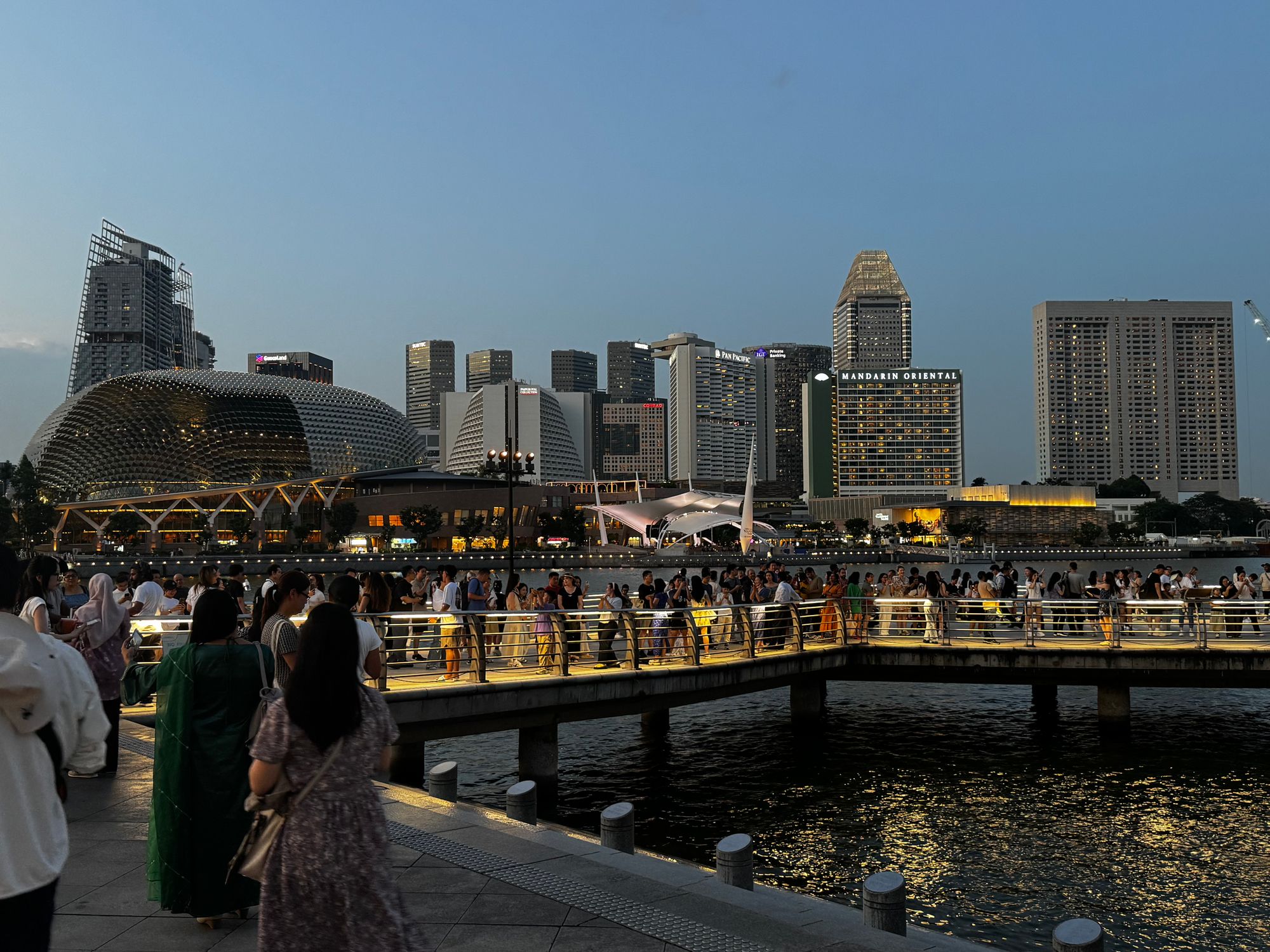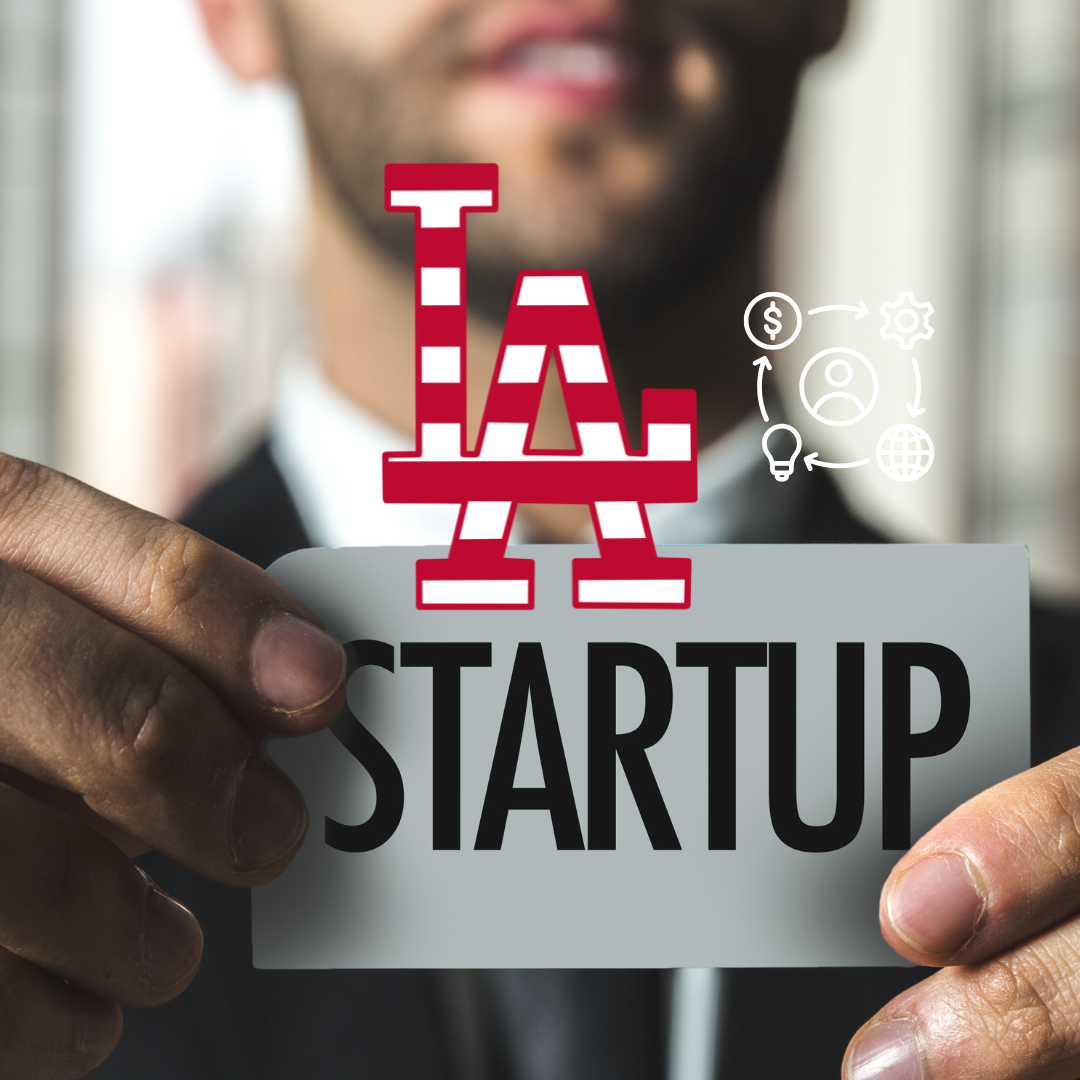한국 주요 방송사(KBS、 MBC、 SBS)가 한국 인터넷 포털 네이버를 뉴스데이터 저작권 위반으로 고소했다。
이들은 네이버가 생성형 인공지능(AI) 모델 ‘하이퍼클로바’ 및 ‘하이퍼클로바 X’의 학습 과정에서 자사 뉴스를 무단 활용했다며, 저작권법 및 부정경쟁방지법 위반을 이유로 손해배상과 학습금지 조치를 법원에 청구했다.
KBS, MBC, SBS 등 39개 지상파 방송사가 회원사로 참여하는 한국방송협회는 “방송사의 뉴스 콘텐츠는 다년간의 노하우와 인적·재정적 투자가 집약된 자산”이라며 “이를 무단으로 AI 학습에 활용하는 것은 저작권 침해에 해당한다”고 강조했다.
이번 소송은 국내에서 언론사가 빅테크 기업을 상대로 제기한 첫 번째 저작권 침해 사례로, AI 학습용 데이터 활용에 대한 법적 기준을 세우는 중요한 계기가 될 전망이다。
Major South Korean broadcasters (KBS, MBC, and SBS) have sued South Korean internet portal Naver for copyright violation of news data.
The broadcasters claimed that Naver used their news in the training process of its generative artificial intelligence (AI) models, HyperClova and HyperClova X, without permission, and asked the court for damages and a learning ban, citing violations of the Copyright Act and the Unfair Competition Prevention Act.
The Korea Broadcasting Association, whose members include 39 TV stations including KBS, MBC, and SBS, emphasized that "the news content of broadcasters is an asset that has accumulated years of know-how and human and financial investment," and that "using it for AI training without permission constitutes copyright infringement."
The lawsuit is the first copyright infringement case filed by a media organization against a big tech company in Korea, and is expected to set a legal standard for the use of data for AI training.
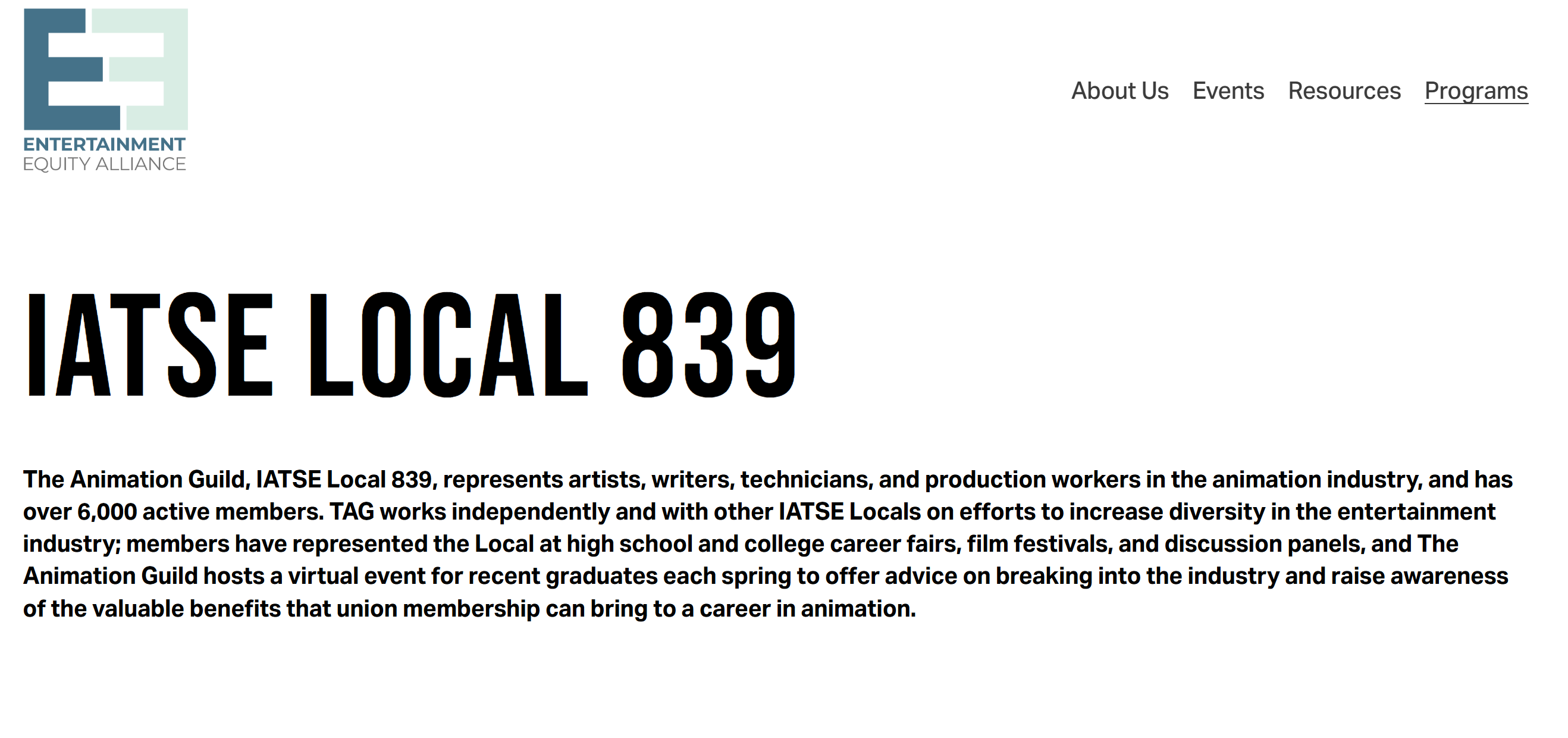
생성AI의 학습을 둘러싼 갈등
생성AI의 정확도는 학습에 나온다。다양한 콘텐츠와 기사를 학습해 더 나은 결과물을 생성하는 것이다。 때문에 할리우드 스튜디오들은 아티스트와 애니메이터들의 작품과 노동 결과물을 생성AI로 학습시키고 있다. 그러나 이런 학습은 갈등을 불러일으킬 수 밖에 없다。
할리우드에서 AI의 침공에 가장 영향을 많이 받는 직종은 게임과 이미지 담당 아티스트다。
스튜디오에서 자신들이 작업한 이미지 또는 비디오 자료를 AI 모델에 학습시킬 수 있지만 이에 대한 대응책은 없다。 이미 인력이 부족한 독립 AI 스튜디오에서 ‘소속 아티스트의 저작물을 AI에 학습 도구로 제공하는 것’은 익숙하다。
스튜디오들은 현재 양가적인 감점을 보유하고 있다。 외부 AI 개발사를 저작권 침해로 고소하는 동시에 자체 AI모델을 만들기 위해(Fine tuning)도 진행하고 있다。
할리우드 스튜디오 등은 특정 캐릭터 디자인과 거의 일치하는 AI 이미지 결과물을 만들거나 특정 아티스트의 스타일을 다른 애니메이션 자료에 적용하는 등 콘텐츠에서 일관된 룩을 구현하기 위해 이미지 및 비디오 AI모델을 미세 조정하고 있다.
하지만 이런 긍정적인 측면에도 불구하고, 대형 애니메이션 또는 게임 스튜디오는 고용한 아티스트가 만든 에셋(Asset)으로 사전 허락 없이 AI 모델을 훈련시키는 등 아티스트의 권리를 침해할 우려가 있다。
The accuracy of gen AI comes from learning, which means learning from different content and articles to generate better results. Therefore, Hollywood studios are training their artists and animators to generate AI based on their work and labor. However, this learning is bound to cause conflict。
In Hollywood, the jobs most affected by the A.I. invasion are game and image artists.
Studios can train AI models with their own image or video material, but there's nothing they can do about it. Independent AI studios, which are already understaffed, are used to "giving their artists' work to A.I. as training tools.
Studios are currently ambivalent about suing external A.I. developers for copyright infringement while also moving forward with creating their own A.I. models. Hollywood studios and others are fine-tuning image and video A.I. models to achieve a consistent look across content, such as creating AI image output that closely matches a specific character design or applying a particular artist's style to different animation materials.
Despite these positive aspects, however, large animation or game studios may infringe on the rights of artists by training their A.I. models with assets created by hired artists without prior permission.

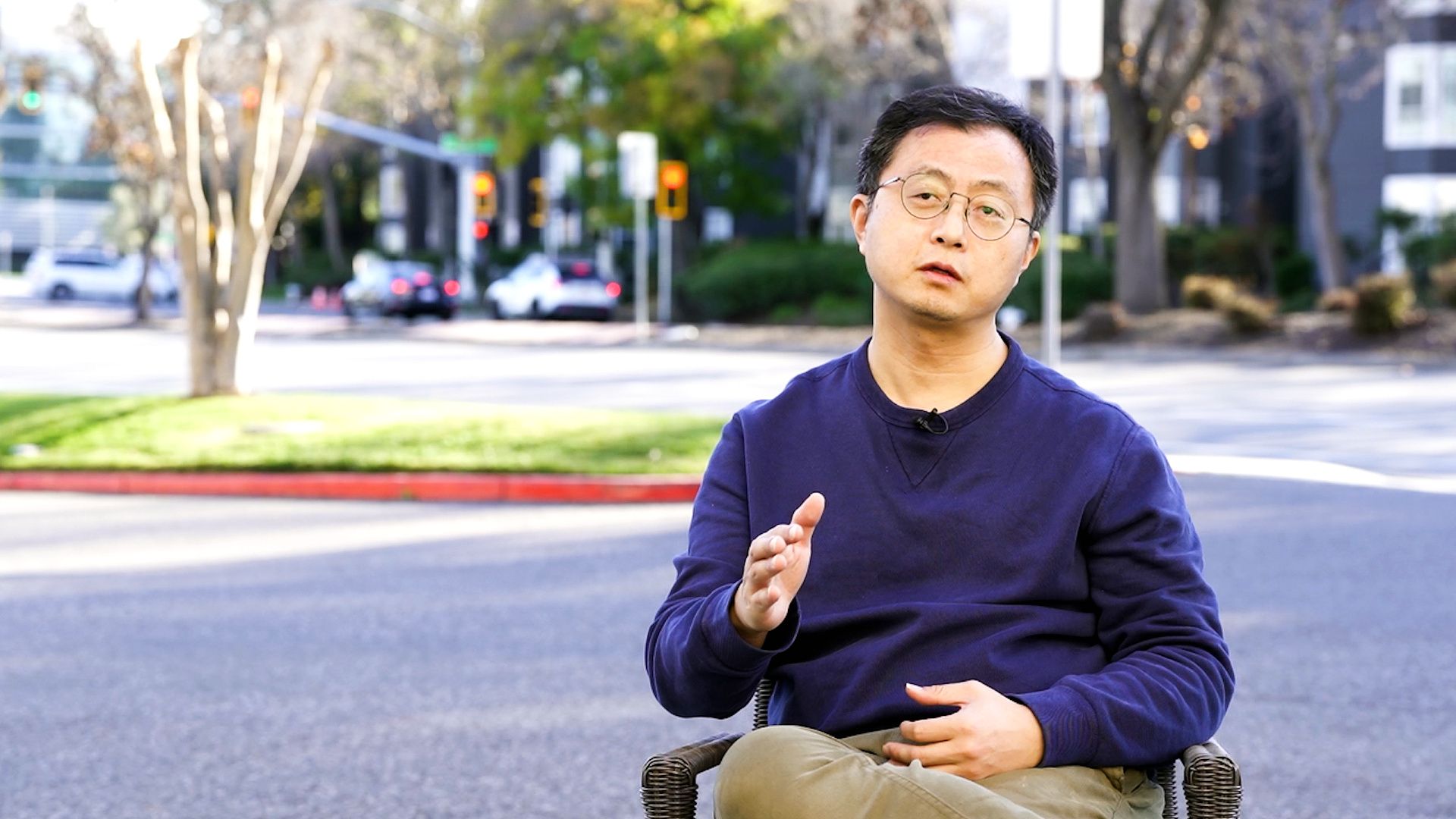
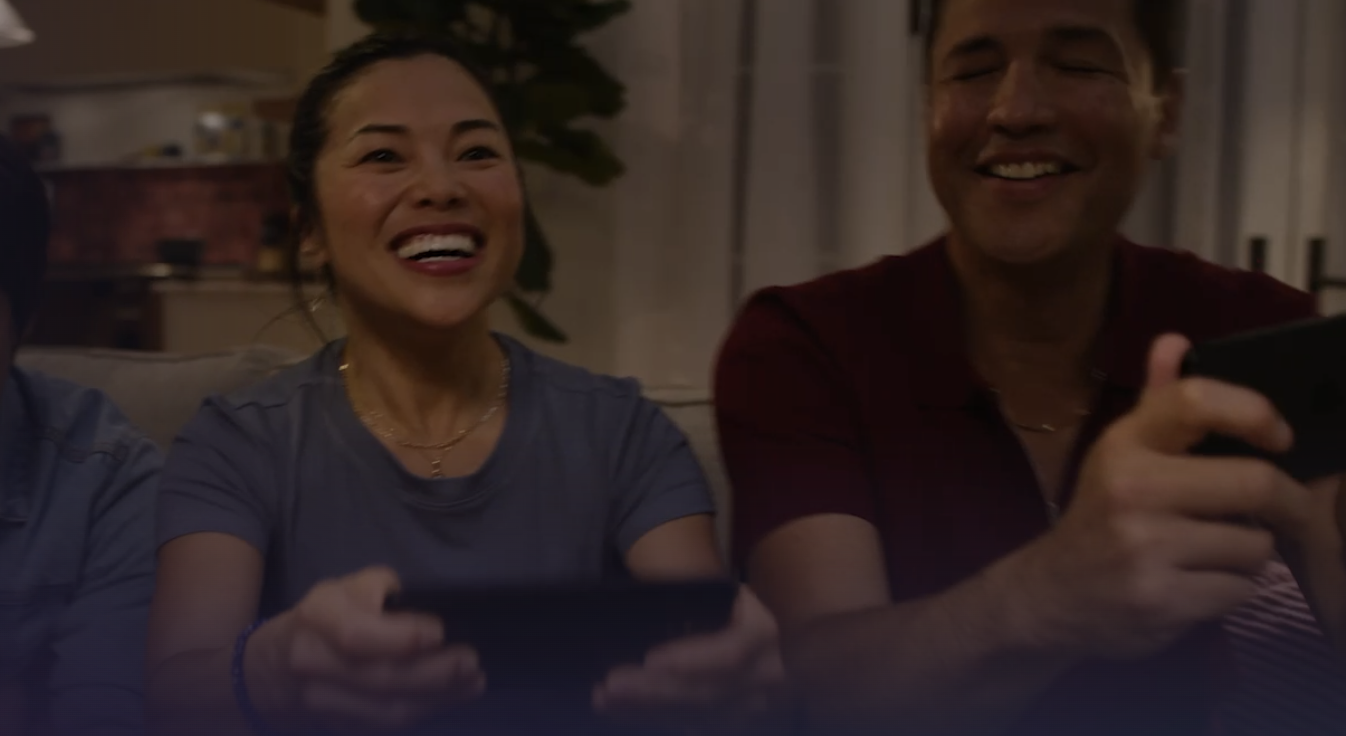
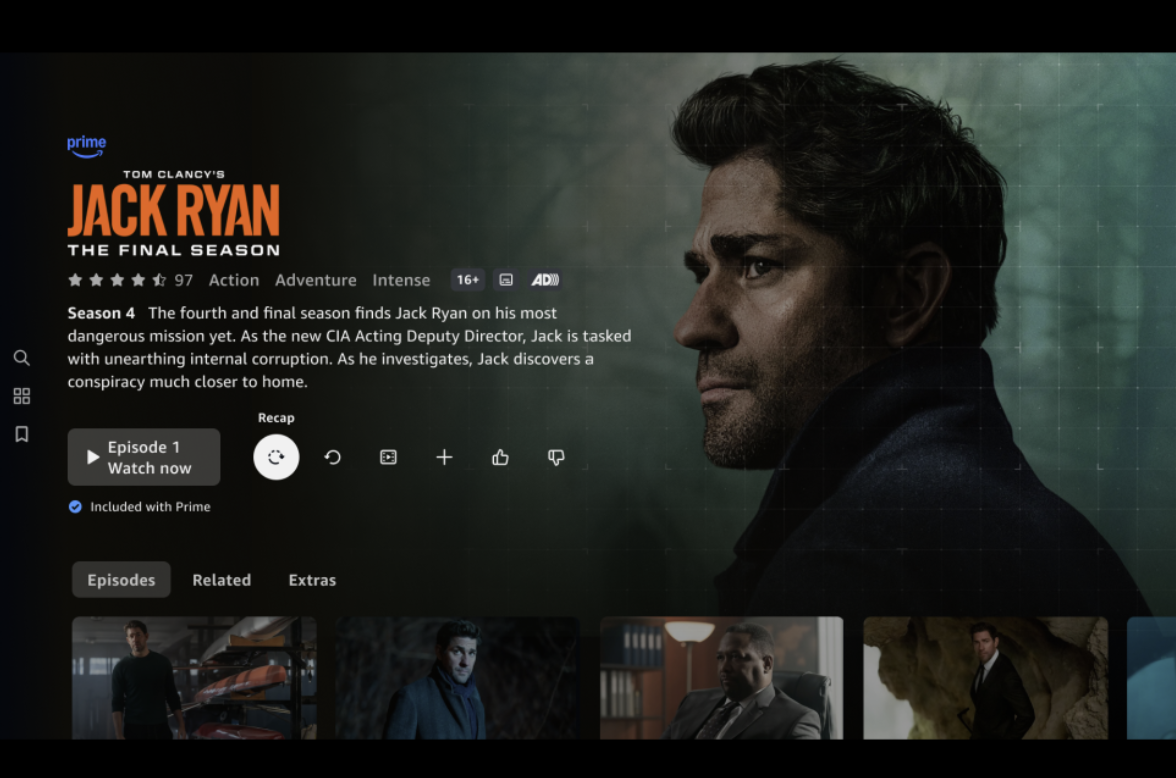
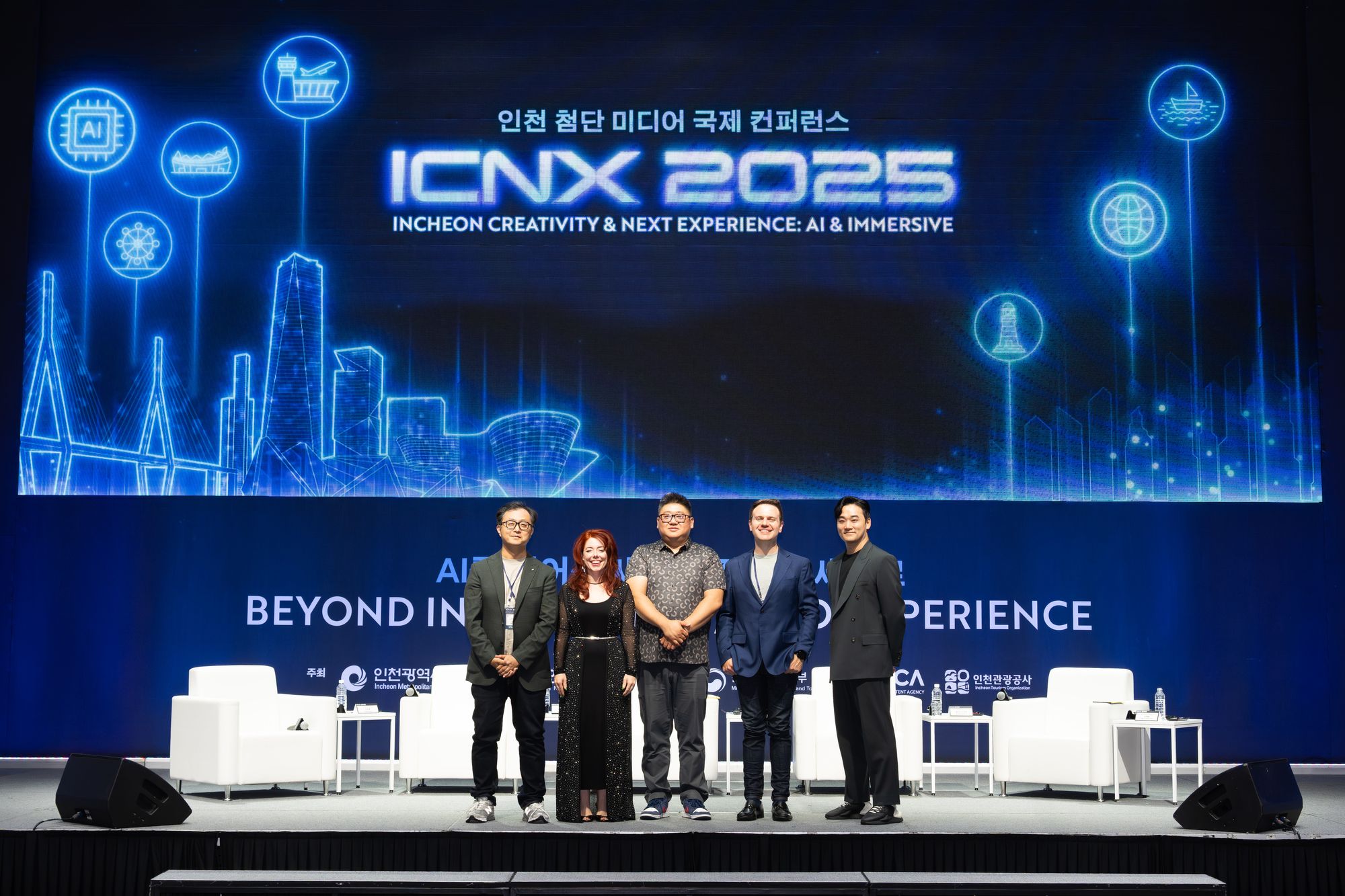
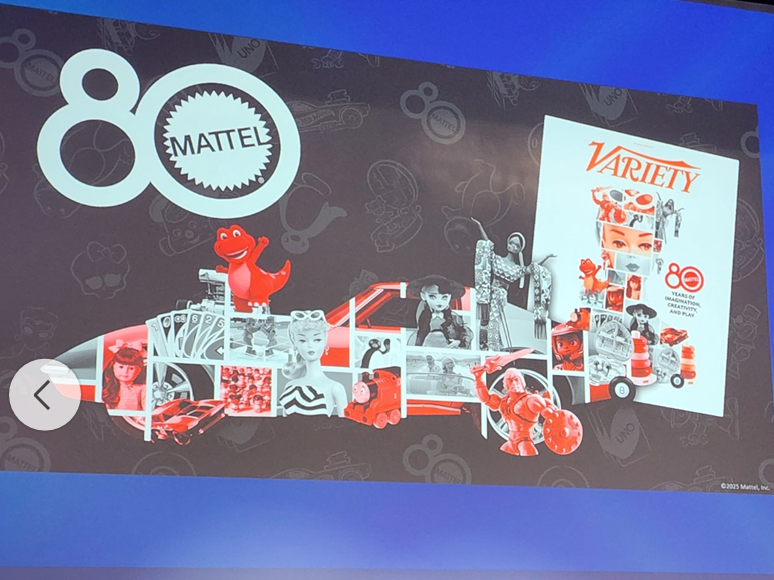
![[K콘텐츠와 K FAST]](https://cdn.media.bluedot.so/bluedot.kentertechhub/2025/11/zxwbgb_202511241038.jpg)
![[모집]1월 9일~14일 글로벌 AI 스템 캠프(자료집)](https://cdn.media.bluedot.so/bluedot.kentertechhub/2025/11/3kf0x5_202511031830.png)
![[MIPCOM2025]글로벌 엔터테인먼트 트렌드](https://cdn.media.bluedot.so/bluedot.kentertechhub/2025/10/duxlsp_202510170000.png)
![[보고서]생성AI와 애니메이션](https://cdn.media.bluedot.so/bluedot.kentertechhub/2025/09/c49fxu_202509271057.png)
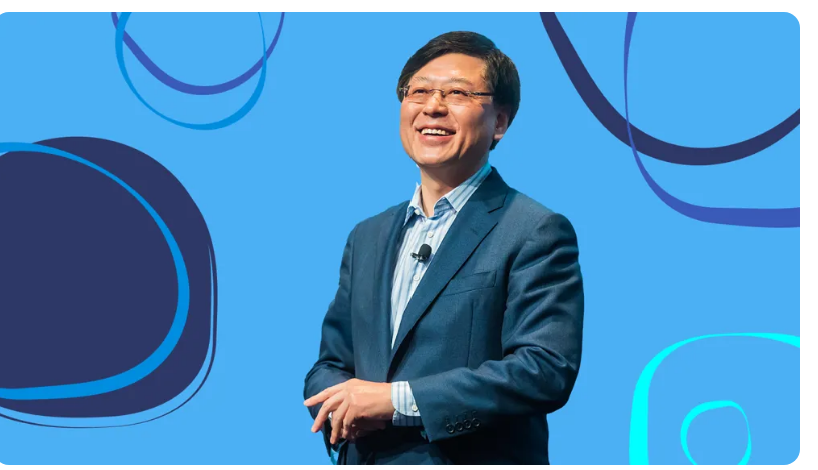
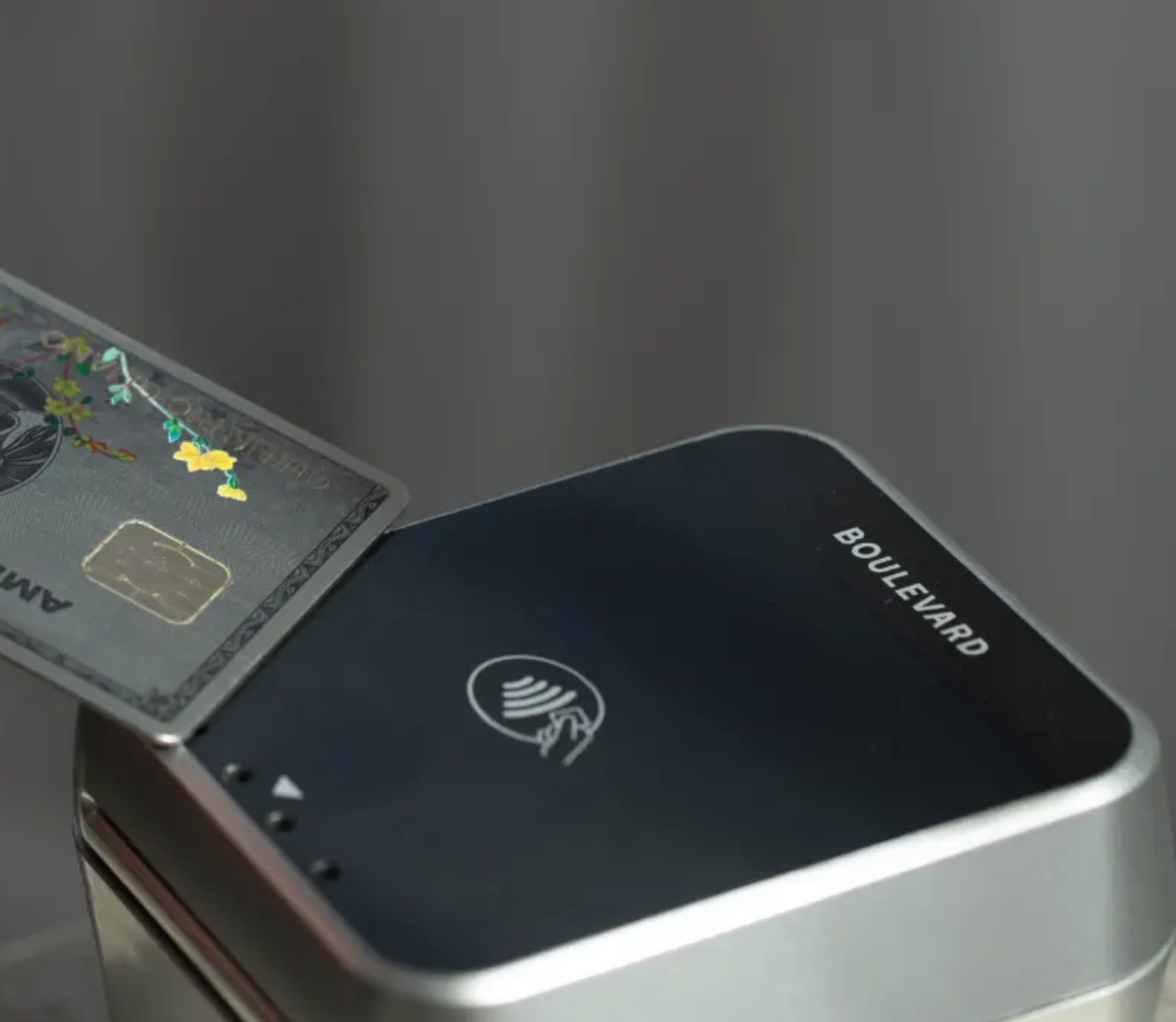
![[보도자료]Kocowa, 유럽 진출 1년 성과](https://cdn.media.bluedot.so/bluedot.kentertechhub/2025/07/d4i5qa_202507142153.png)

